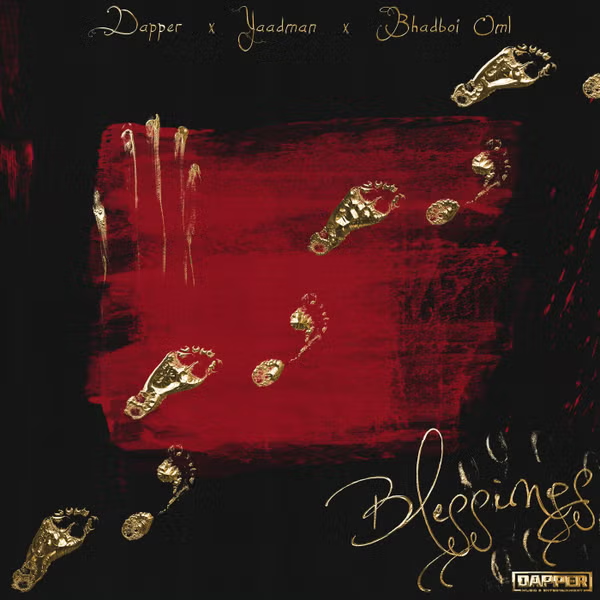In the remote villages of mountainous regions of Nepal, people celebrate the blood-drinking festival. In this festival, people drink the fresh yak blood with the belief that drinking fresh blood of yak treats gastritis, acidity, jaundice, muscle sprain, body swelling and other bowel-related diseases.
The participants are mostly people suffering from chronic diseases who have given up hope of being cured by modern medicin
e. As part of the festival, a part of the yak’s neck is pierced for the blood to gush out and tumbler placed under to collect the fresh blood which is then drunk. Hundreds of people are now flocking to the west to participate in a festival to drink yak’s blood.
Men, women, and even children have been heading for Myagdi, a remote district in western Nepal, to take part in the khun khane ritual, which literally means drinking blood.
The festival sees the local yak herders making money by selling the blood of live yaks to people who queue up in hu
ndr
eds to drink it, in the belief their illnesses will be cured.
While lactating female yaks are spared, other yaks above the age of two are chosen for the ritual. Pinned down by people who hold their tails and horns and their legs tied, the yaks are then bled by a professional bleeder, known as the aamji.
The aamji pierces the jugular vein of the hapless animal and the streaming blood is collected in cups that are then passed among the crowd, who drink the warm, frothy liquid
unwaveringly.
Each yak is bled to collect between 20 to 40 cups of blood. The ritual is believed to be an old Tibetan one that originated in Mustang in northern Nepal, once part of an ancient Tibetan kingdom.
An American researcher, Zorina Curry, who studied the khun khane festival, correlates the ritual to the belief in witchcraft and the superstition that blood is effective as medic
ine as well as an aphrodisiac.
However, Curry also warned that since the yaks were not inoculated, some had TB and the blood-drinking could infect the human drinker.
The festival has been condemned by Nepal’s animal rights activists who last year urged the government to stop the slaughter of tens of thousands of animals and birds at the five-yearly Gadhimai Festival but to no avail.
The Animal Welfare Network Nepal (AWNN) has termed the khun khane practice barbaric. “Can you think how painful it must be for these innocent creatures to have their necks and bodies pierced and to be drained of blood?” AWNN had said in an earlier statement.
“Humanity as a whole must speak out against cruelty against living beings in the name of religion, culture, or health.”
Though Nepal prides itself on being the birthplace of the Buddha, the founder of Buddhism, the religion that preaches non-violence, local rituals abound in rank cruelty to animals without being banned by a succession of weak go
vernments for fear of a backlash.
Another local practice is the deer hunt in which the hunters wound the victim and then tear out its palpitating heart while it is still alive.






























